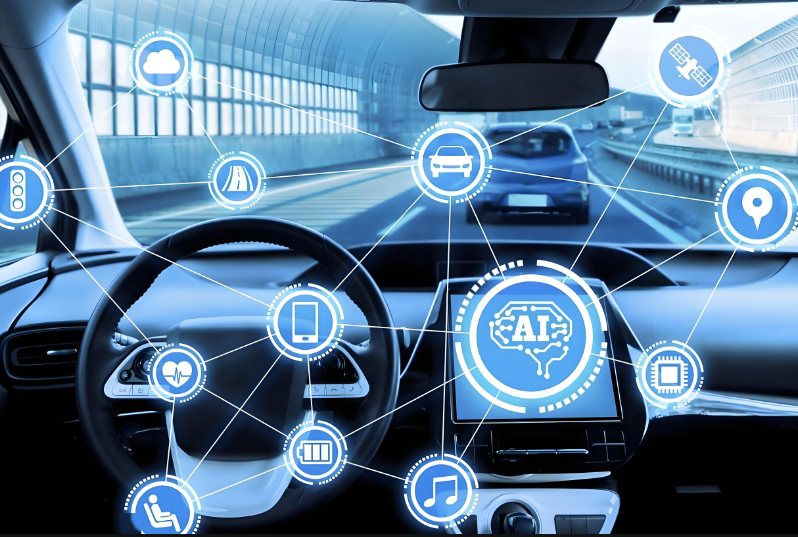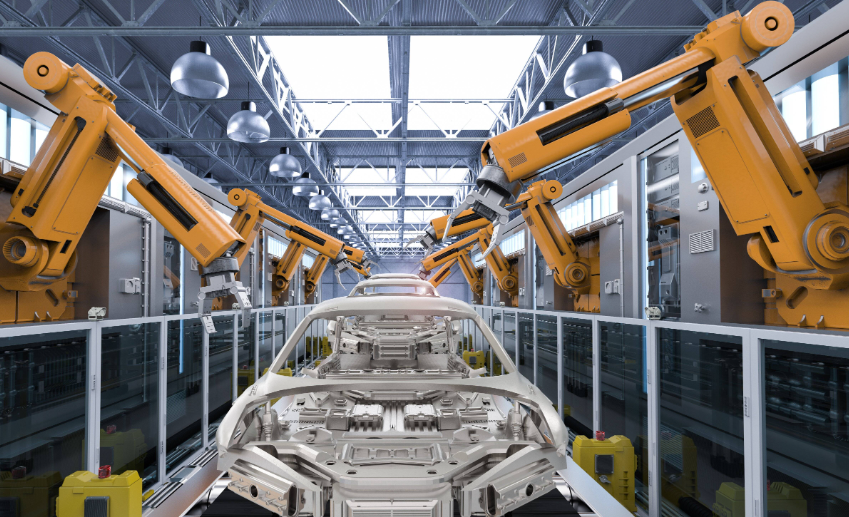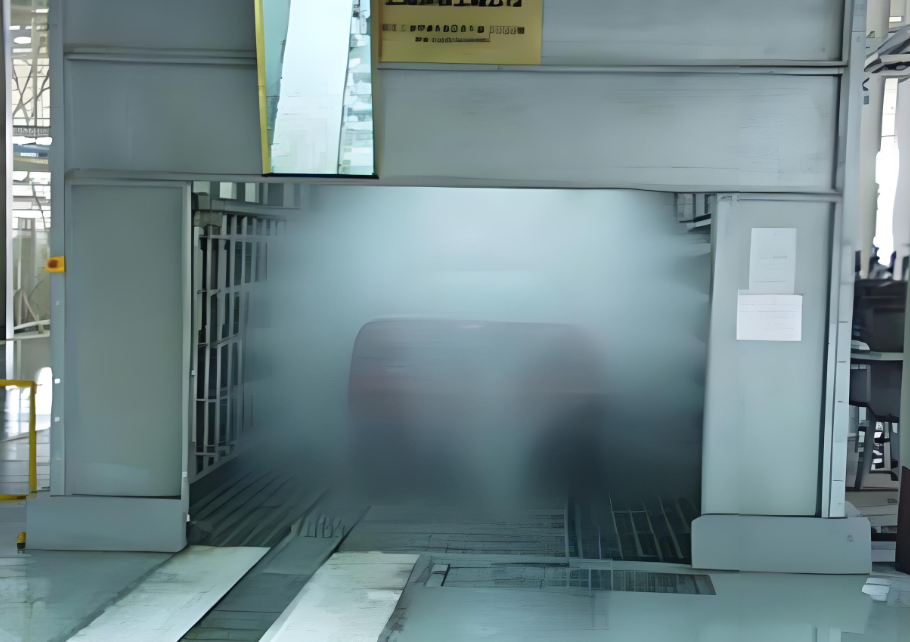3 New Upgrades in Automotive Manufacturing: Innovations Driving the Future
As an expert in automotive manufacturing, Shaoyi has been deeply engaged in the industry since 2012, witnessing firsthand the remarkable transformation of the automotive industry. Today, it's not just cars that have changed—the way we manufacture them has also undergone a technological revolution.
From manual welding and painting to robotic automation, from pneumatic tools to electric assembly equipment, and from oil-based to water-based paints, these shifts in production methods reflect the broader evolution of the automotive production landscape.
Looking ahead to the next generation of vehicles, let's explore three groundbreaking upgrades reshaping the future of automotive manufacturing.

1. Autonomous Vehicle Inspection Lines
Autonomous driving isn't just for consumers—it's becoming a critical technology inside automotive factories.
Recently, the autonomous inspection line at Li Auto went viral across the internet, representing the integration of Industry 4. 0 and autonomous driving technologies within the automotive industry.
Traditionally, after vehicle assembly, workers drive finished vehicles to inspection stations for testing. Now, autonomous inspection lines eliminate this step, allowing cars to drive themselves through all test stations.
This advancement dramatically reduces labor and time costs, showcasing a real-world application of end-to-end intelligent assisted driving systems. It also serves as a full-scope performance test before the vehicle leaves the factory.
The growing competition between LiDAR and camera-based driving systems has drawn public attention. With Li Auto's self-driving inspection lines leading the way, it remains to be seen whether other manufacturers like Huawei or XPeng will adopt similar strategies to validate their visual-based autonomous driving systems.

2. Self-Propelled Production Lines
Toyota unveiled its next-generation self-propelled production line for electric vehicles at its 2023 technical showcase—one of the most revolutionary advancements in automotive manufacturing.
Built on the e-TNGA platform, Toyota's EV body structure uses large-scale modular architecture combined with integrated die-casting for the front and rear body structures and Cell-to-Body (CTB) battery integration. This modularization eliminates the need for traditional body conveyor chains.
Combined with AGVs (Automated Guided Vehicles), AI, and autonomous driving technologies, Toyota's self-propelled line reduces factory footprint, lowers capital investment, shortens ramp-up time, and improves efficiency while decreasing costs.
Set for implementation at the new Lexus Shanghai plant in 2027, this line could mark the global debut of this technology. It may soon follow at FAW-Toyota and GAC-Toyota facilities as part of their upgrade plans.
Although no automaker has yet adopted this process at scale, Toyota remains a global pioneer in combining quality improvements with cost reductions. Meanwhile, Chinese automakers like XPeng and BYD are already using integrated die-casting and CTB structures. Could they be the first to adopt self-propelled production lines before Toyota?

3. Robotic Rain Test Lines
Among all final assembly quality checks, rain test lines are among the least noticed. Although issues like sunroof or door water leaks have become rare, rain simulation remains a critical step in quality assurance.
Currently, only Li Auto is applying fully robotic rain test systems, made easier by its streamlined product lineup and high-end configurations, many equipped with LiDAR by default.
Toyota took rain testing further by replacing dozens of traditional spray nozzles with robotic arms. These arms target seams and joint areas with precision spray to check for leaks, synchronizing the rain test with overall production line rhythm. This innovation improves production efficiency, ensures better water resistance, and reduces both water usage and energy consumption.
While technically simple (existing robotic arms and nozzles only need smart programming), few automakers are willing to invest in these systems. However, as Toyota demonstrates, lean manufacturing starts with improvements measured in seconds and cents.
Toyota's systemized production remains difficult to replicate, yet every new innovation from Toyota serves as a valuable benchmark. For example, BYD's dominance in new energy vehicles was partly inspired by Toyota's hybrid powertrain technologies.
Conclusion: Craftsmanship Defines the Future of Car Brands
When evaluating a carmaker, factors like technology, financial reports, and sales are often discussed. However, true strength lies in how cars are built and their manufacturing quality.
Whether improving existing techniques or pioneering new methods, continuous enhancement of automotive production is the foundation of a reputable automotive manufacturer. For customers, the result is always tangible: better quality, more reliable vehicles.
Today, some brands prioritize social media buzz over substance, neglecting core values. But automotive excellence is a long-term pursuit—not a fleeting trend.
At Shaoyi, we believe that consistent craftsmanship, innovation, and respect for every detail will always be the true engine behind sustainable automotive success.
 Small batches, high standards. Our rapid prototyping service makes validation faster and easier —
Small batches, high standards. Our rapid prototyping service makes validation faster and easier — 
